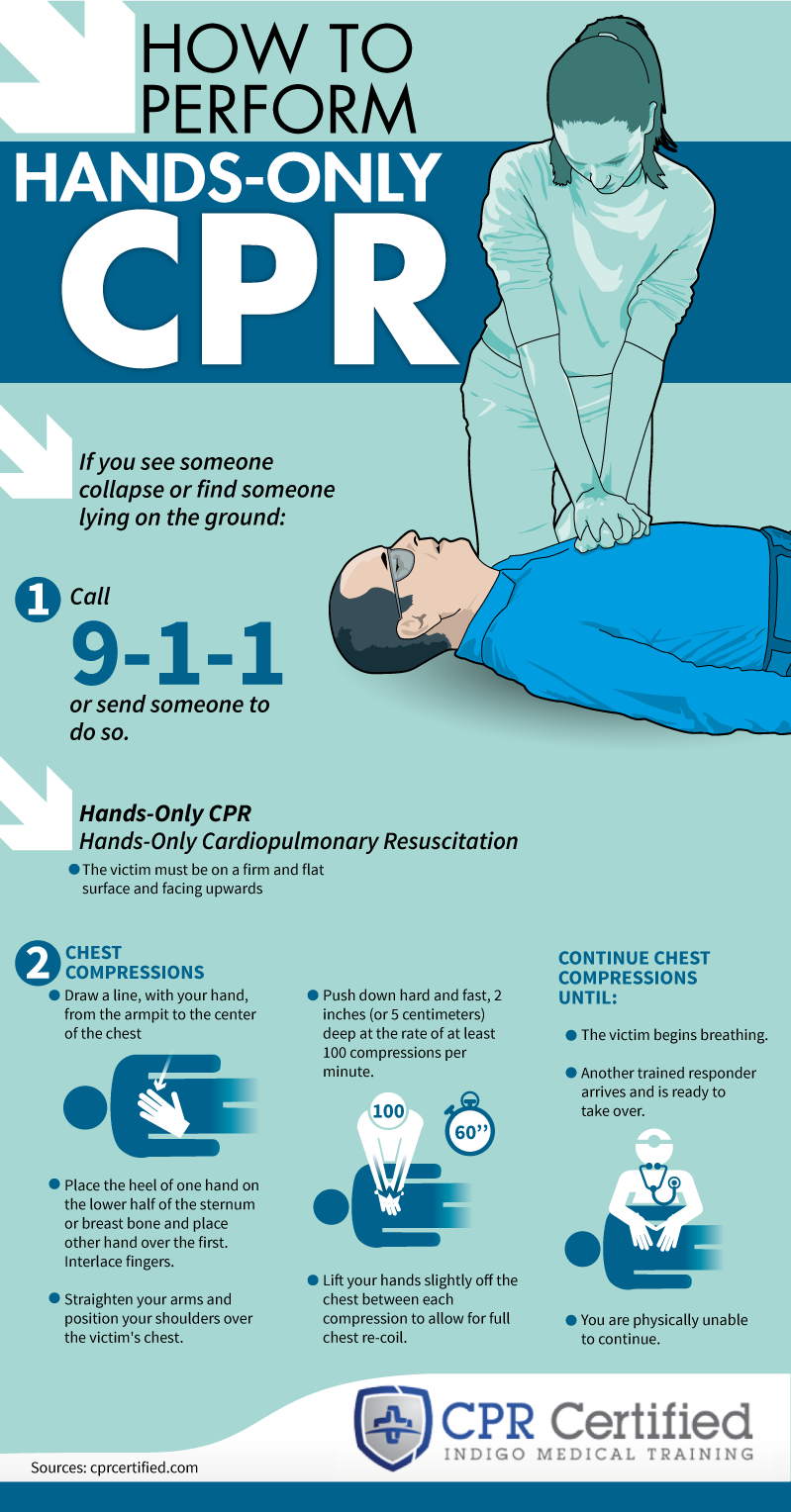CPR, or Cardio Pulmonary Resuscitation, is a life-saving technique that can revive a person whose heart has stopped beating. But when is CPR needed? In this article, we will discuss the situations that require CPR and how to perform it correctly.
Cardiac Arrest

The most common situation that requires CPR is cardiac arrest. This is when the heart suddenly stops beating, and the person loses consciousness. Cardiac arrest can happen due to various reasons, such as heart attack, drowning, choking, electric shock, or trauma. Without immediate intervention, the brain and other organs can be damaged irreversibly within a few minutes.
Signs of Cardiac Arrest

The signs of cardiac arrest are sudden loss of consciousness, absence of breathing, and absence of pulse. If you witness someone collapsing and not responding, check for breathing and pulse first. If there is no breathing and no pulse, assume cardiac arrest and call for emergency medical help immediately.
Performing CPR
CPR involves chest compressions and rescue breathing. The basic steps are:
- Place the person on a firm, flat surface and kneel beside them.
- Place the heel of one hand on the center of the person's chest, and place the other hand on top of the first hand.
- Press down hard and fast, about two inches deep and at a rate of 100-120 compressions per minute. Allow the chest to recoil completely between compressions.
- After 30 compressions, tilt the person's head back and lift their chin. Pinch their nose closed and give two breaths into their mouth. Watch for chest rise.
- Repeat the cycle of 30 compressions and two breaths until help arrives or the person shows signs of life.
Who Can Perform CPR?

Anyone can perform CPR, even without formal training. However, the American Heart Association recommends taking a CPR course to learn the correct technique and gain confidence. CPR courses are available online and in-person, and usually take a few hours to complete.
When Not to Perform CPR

There are some situations when CPR is not recommended or may be futile. These include:
- Obvious signs of death, such as rigor mortis, dependent lividity, or decapitation.
- Terminal illness or do-not-resuscitate order.
- Prolonged cardiac arrest without response to CPR or defibrillation.
- Severe trauma or burns that make CPR difficult or ineffective.
Conclusion
CPR can save lives in cases of cardiac arrest, but it requires prompt action and proper technique. Remember to call for emergency medical help first, and then perform CPR if needed. Take a CPR course to learn the correct technique, and be prepared to act in case of an emergency.